Precision lathe vs. general purpose lathe: What's the difference? Which industries must use precision models?
In industrial manufacturing, lathes serve as the backbone of metal cutting operations, categorized into precision lathes and standard lathes. Many manufacturers face a common dilemma: What are the key differences between these two types? Does every application require precision lathes? This article breaks down their distinctions through three dimensions—precision performance, structural design, and application scenarios—and identifies critical industries that must use precision lathes, helping you make informed decisions to avoid common pitfalls.
I. Precision lathe and ordinary lathe: 4 core differences, determine the processing limit
1. Processing accuracy: the "world difference" between millimeter and micron
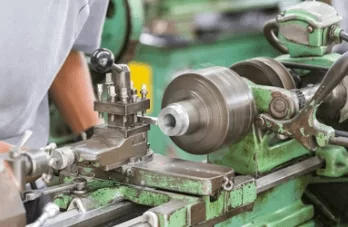
The machining accuracy of ordinary lathes is usually IT10-IT13 (error range 0.1-1mm), which can only meet the basic cutting requirements, such as machining simple shaft and disc part blanks. The surface of the finished product may have obvious tool marks, and it needs to be polished twice later.
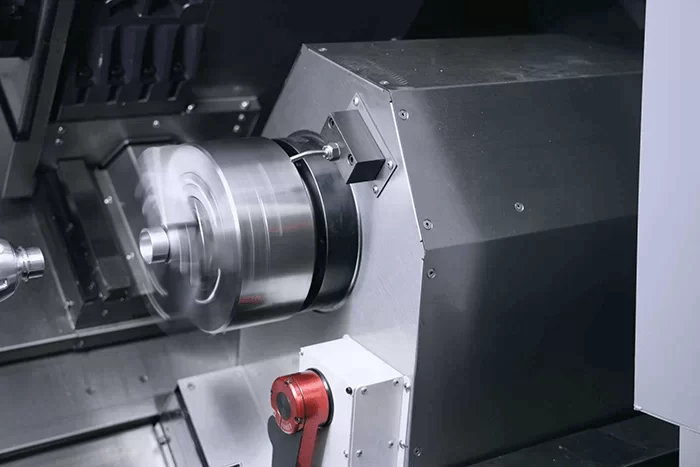
Precision lathes can achieve IT5-IT8 accuracy (error ≤0.001mm), with some high-end models even enabling micrometer-level control —— —equivalent to 1/50th the diameter of a human hair. The processed parts require no additional adjustments, directly meeting assembly requirements. This makes them particularly suitable for batch production where "dimensional consistency" is crucial.
2. Structural configuration: from "basic function" to "precision control"
Ordinary lathes are mainly "mechanical transmission", the spindle speed and feed rate are adjusted through the handle, and the precision depends on the experience of the operator. Long-term processing is prone to errors due to thermal deformation of parts and tool wear. Moreover, most of them have no automatic feeding and automatic tool changing functions, and the production capacity per shift is usually less than 50 pieces.
Precision lathes are equipped with servo motors and CNC systems (such as FANUC or Siemens systems), where rotational speed and feed rate are precisely controlled by computers, enabling real-time error compensation. Some models feature "constant-temperature oil tanks" (controlling oil temperature ±1℃), "ball screws" (reducing transmission clearance), and even "laser diameter gauges" that monitor dimensions during processing for instant adjustments. These machines also support automatic material feeding and multi-station machining, achieving a single-shift production capacity of 300-500 units while maintaining batch processing errors ≤0.002mm.
3. Processing materials: "pick material" for ordinary models and "all-purpose" for precision models
Due to the rigidity and precision limitations, ordinary lathes are only suitable for machining low carbon steel, cast iron and other easy-to-cut materials. If machining high strength materials such as stainless steel and titanium alloy, "tool vibration" (rough surface texture of parts) and "dimensional deviation" problems will occur, and the tool loss rate will increase by more than 30%.
Precision lathes enhance bed rigidity through integral casting and quenching processes, combined with specialized cemented carbide tools (including coated and ceramic tools). This enables stable machining of diverse materials such as stainless steel, high-temperature alloys, and non-ferrous metals (aluminum, copper), while even handling thin-walled components (wall thickness ≤0.5mm). This advanced technology effectively prevents part deformation and material waste caused by mechanical stress.
4. Cost and maintenance: short-term investment vs long-term benefits
The price of ordinary lathes is relatively low, with the entry model about 20,000-50,000 yuan. However, the tool needs to be replaced frequently (the average tool cost is 500-1,000 yuan per month), and the processing precision is insufficient, resulting in high rework and scrap rate (the average scrap rate is 5%-8%).
Precision lathes require higher initial investment (standard models cost 100,000-500,000 yuan, premium models over 1 million yuan), but they extend tool life by 2-3 times (reducing monthly tool costs to 200-300 yuan) and keep processing scrap rates below 0.5%. Most brands offer 2-3 years of warranty, with maintenance mainly involving "system calibration". Over the long term, this approach actually lowers unit production costs.
II. These five industries must use precision lathes! Not even a little bit
Not all industries need precision lathes, but the following areas have "harsh level" requirements for "size accuracy and surface quality", which ordinary lathes can not meet at all, so precision models must be selected:
1. Automotive Parts Industry: Key components "A micron difference is scrap"
Core automotive components such as engine crankshafts, transmission gears, and fuel injectors require dimensional tolerances under 0.005mm to prevent engine noise, jerky gear shifts, or safety hazards. For example, the nozzle orifice diameter must be precisely controlled within 0.15±0.002mm. Only precision lathes can achieve this level of machining accuracy, ensuring optimal fuel atomization for improved fuel efficiency and reduced emissions.
2. Medical Device industry: "high precision requirements" related to life
Medical devices such as dental implants, artificial joints, and surgical instruments (e.g., scalpel handles) must not only meet dimensional accuracy requirements (error ≤0.003mm) but also ensure surface roughness (Ra ≤0.8μm)—— to prevent bacterial adhesion. Parts processed on conventional lathes often retain tool marks, failing to pass medical industry sterility standards. However, precision lathes equipped with "mirror-cutting technology" can achieve "texture-free" surface processing, fully complying with medical-grade specifications.
3. Electronic communications industry: The millimeter-level battlefield of micro parts
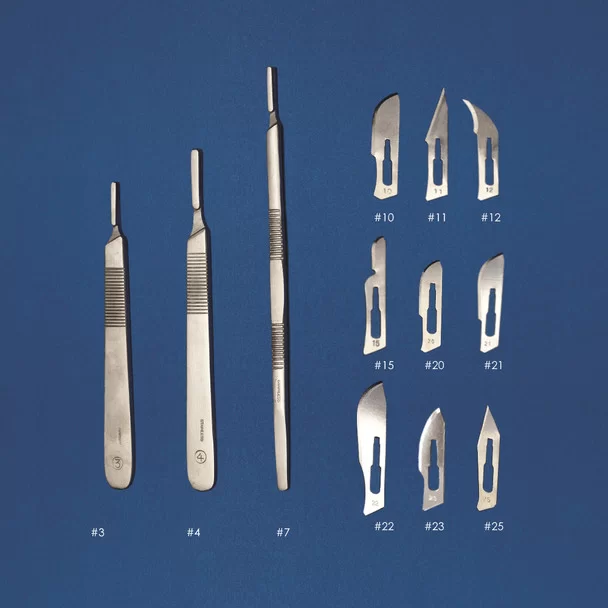
The signal filters in 5G base stations, camera lens mounts in mobile phones, and lead frames for chip packaging typically measure between 5-20mm in size, with some components having apertures as small as 0.5mm. While conventional lathes struggle to achieve such precision, precision lathes utilize a "micro-tool + high-speed spindle" system (with rotational speeds exceeding 10,000 rpm) to reliably process these micro components. This technology ensures dimensional consistency in mass production while maintaining signal transmission integrity and assembly accuracy in electronic devices.
4. Aerospace industry: "Reliability assurance" in extreme environments
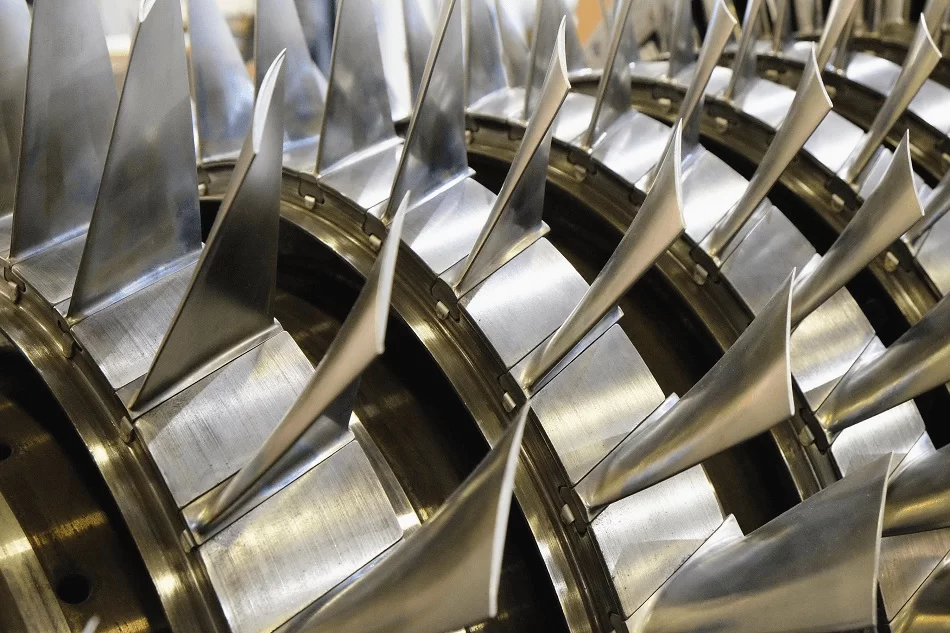
Engine turbine blades in aircraft and satellite antenna connectors must endure prolonged operation under extreme conditions of high temperatures (above 500℃°C), high pressure, and intense vibration. Any dimensional deviation exceeding 0.01mm in these components could lead to reduced engine efficiency or satellite signal disruptions. Precision lathes employ "high-temperature stable materials" for bed construction and utilize "thermal error compensation technology". This system continuously corrects manufacturing deviations during processing, ensuring component reliability in extreme environments.
5. Mold manufacturing industry: "high precision" determines product quality
The dimensional accuracy of plastic mold cavities and stamping die edges directly determines the quality of molded products. For instance, if the cavity error in a smartphone casing mold exceeds 0.005mm, the resulting device may develop gaps and burrs that compromise both assembly integrity and visual appeal. Conventional lathe machining struggles to achieve adequate surface curvature precision and smoothness in molds. However, precision lathes combined with "3D modeling + CNC machining" technology enable accurate processing of complex mold cavities, achieving surface roughness ≤0.4μm Ra. This innovative approach eliminates the need for secondary trimming processes, allowing products to directly meet the stringent quality standards required for premium consumer electronics.
III. Model selection Suggestions: Don't blindly pursue "precision", choose according to need is more cost-effective
For basic machining needs like "simple component blanks, small-batch production, and low precision requirements" (e.g., standard mechanical parts or agricultural tools), conventional lathes offer a more cost-effective solution. However, when processing high-precision, large-volume, or complex components across the five industries mentioned above, precision lathes become essential ——. While their initial investment may seem substantial, they effectively reduce rework cycles, lower defect rates, and ultimately deliver greater long-term cost savings compared to traditional methods.
In addition, when choosing a precision lathe, it is recommended to pay priority attention to the CNC system brand, spindle speed, error compensation function, to ensure that the equipment can meet your actual processing needs.



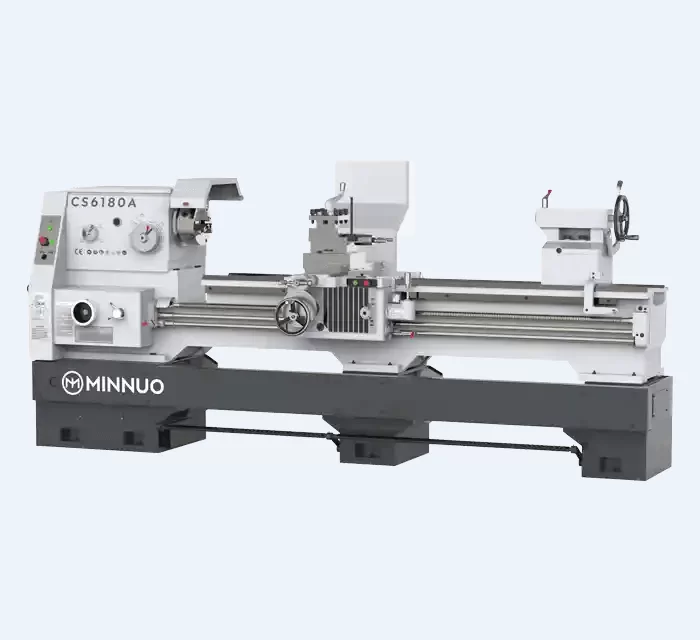
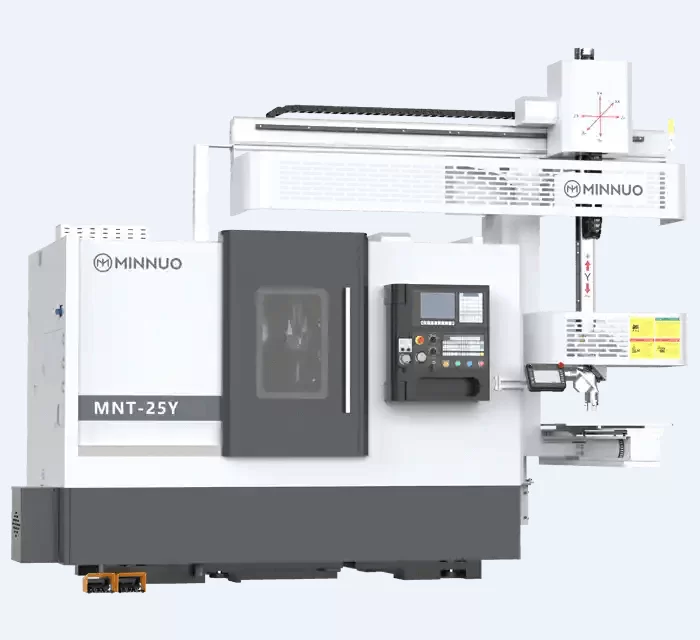
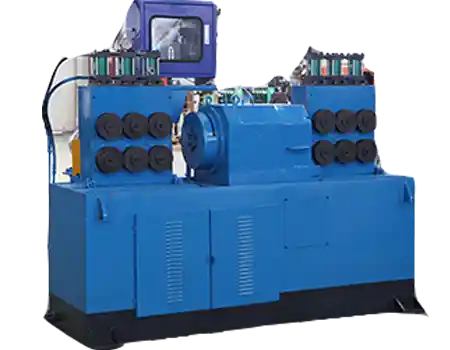
 Email
Email sales1: +86 13295238763
sales1: +86 13295238763

